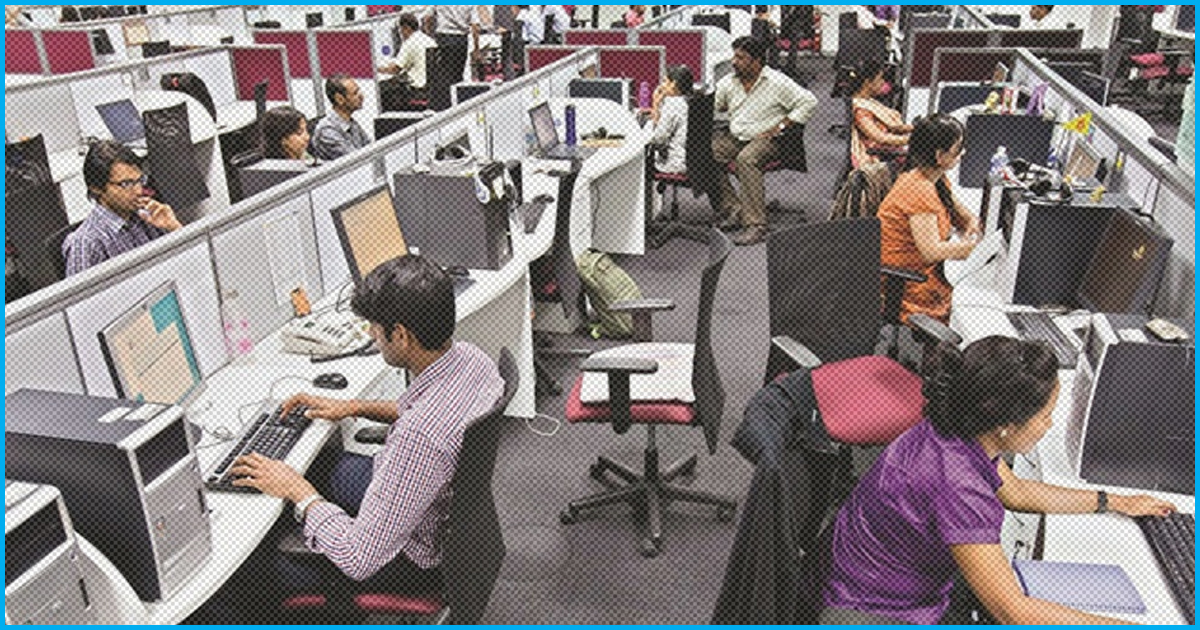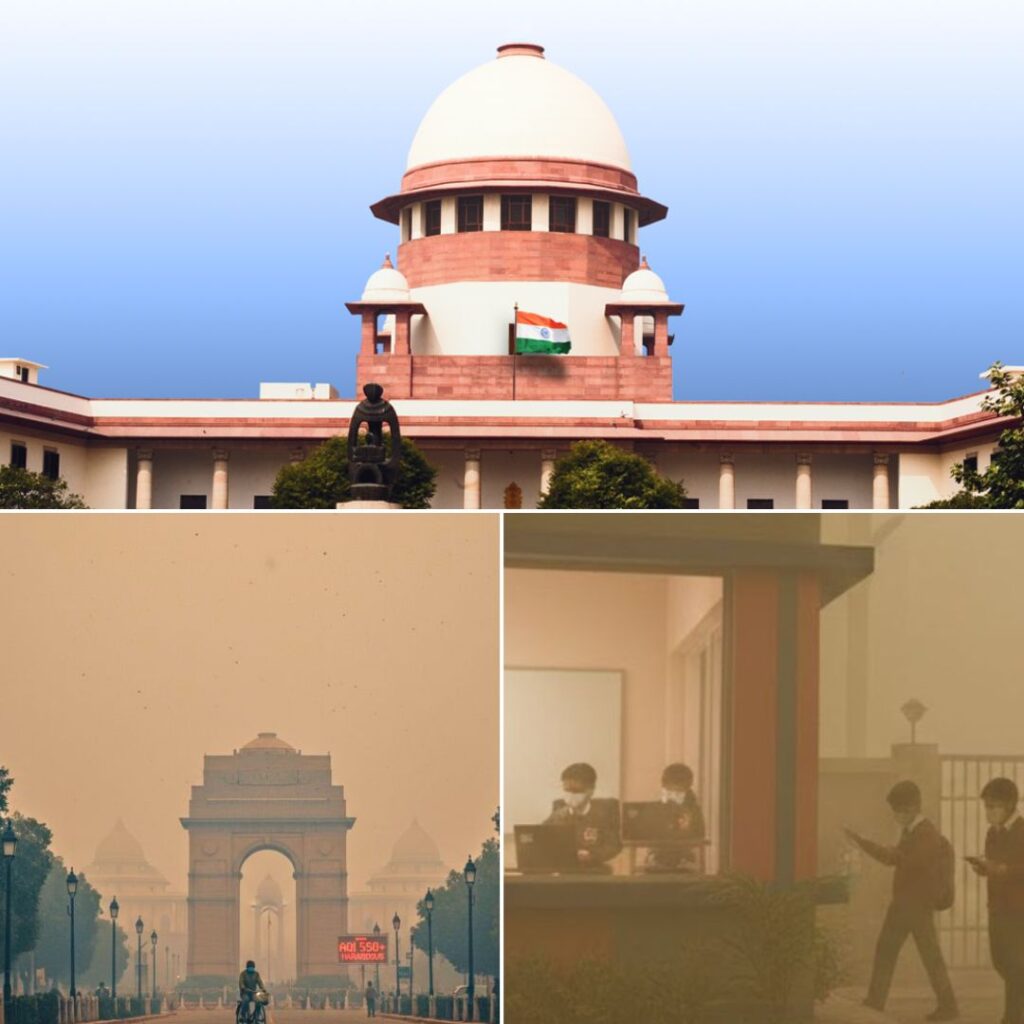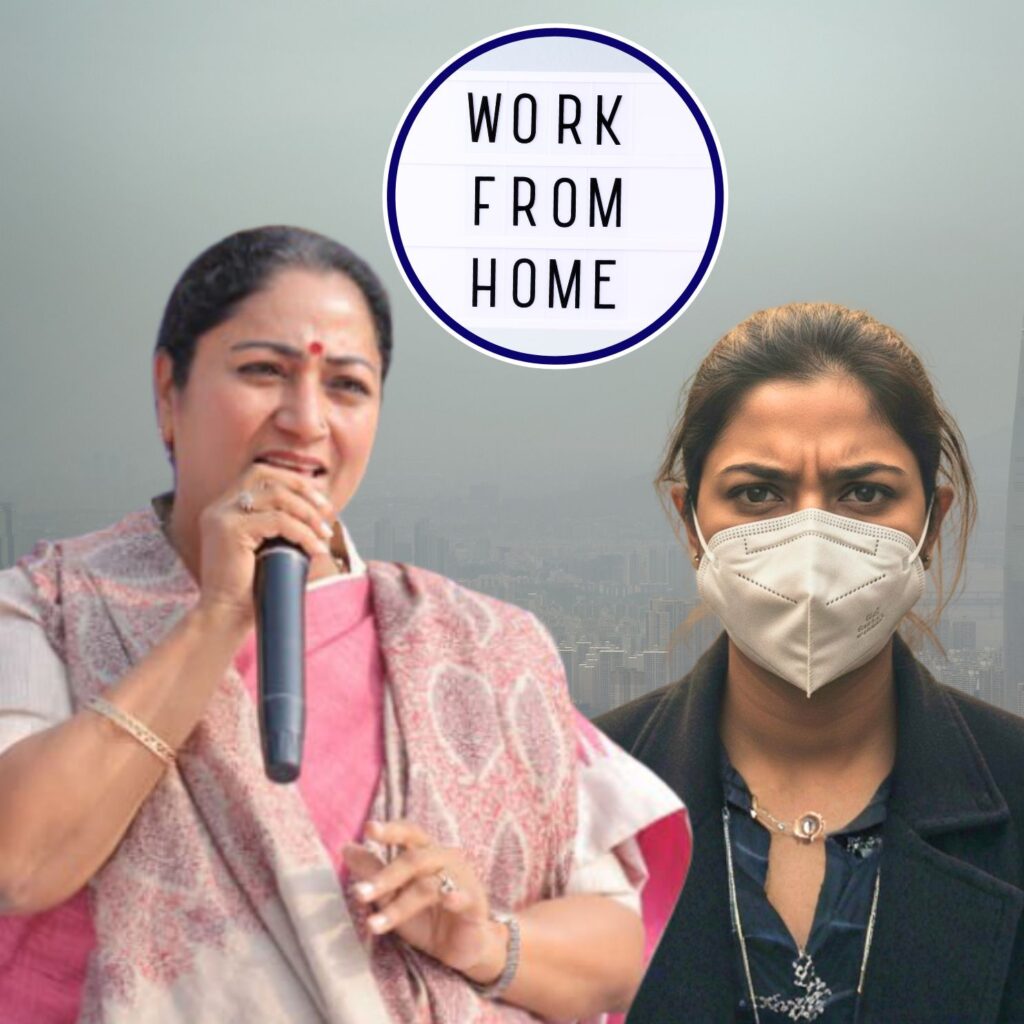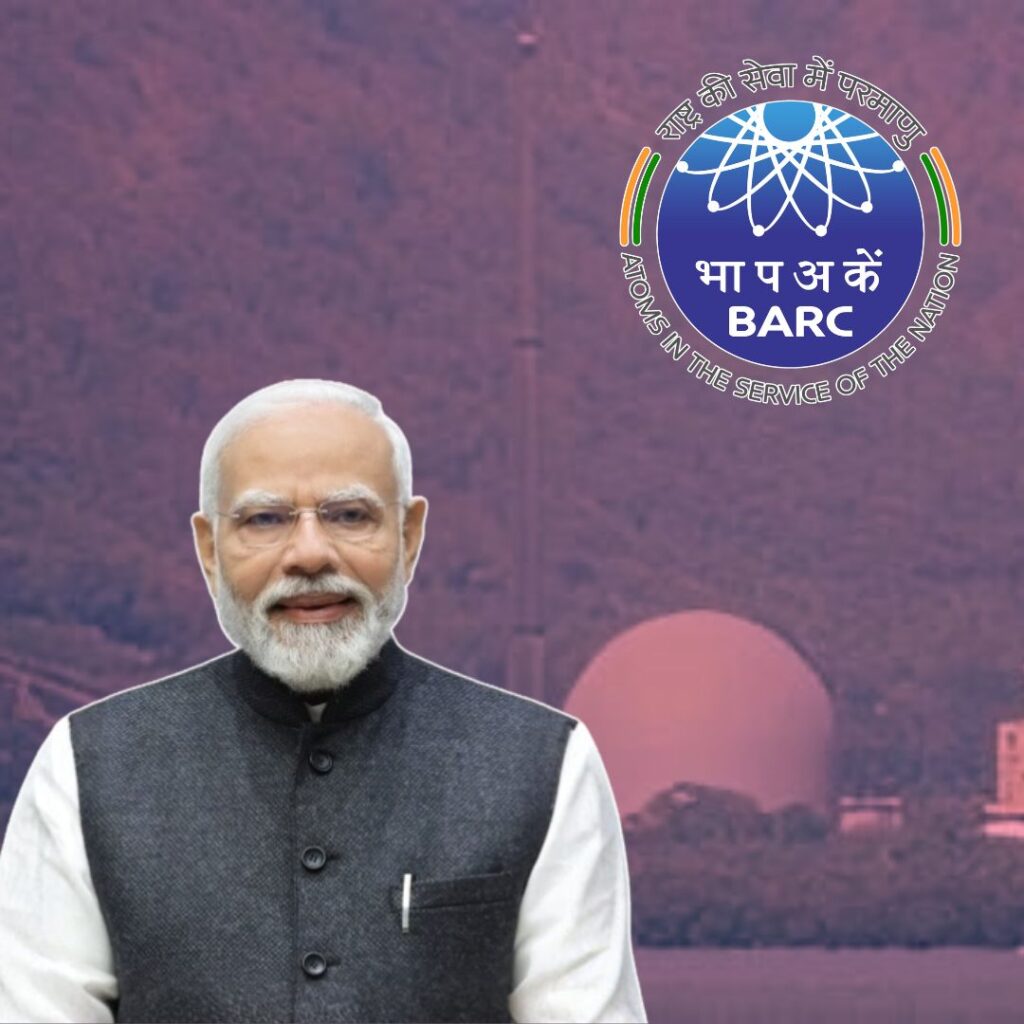While India is not new to the rampant problem of unemployment, a recent United Nations Human Development Report (UNHDR) states that 77.5% of India’s total employed population are under vulnerable employment. This is much higher than the global average of 42.5%. While the rates have been constant for the last two years, it is still staggering when compared to vulnerable employment rates of neighbouring countries like China (33%), Pakistan (59.7%), Bangladesh (57.5%) and Sri Lanka (40.1%).
The fact that vulnerable employment is on the rise in India has also been pointed out in the World Employment and Social Outlook: Trends 2018 report which was released earlier in January. It predicted that out of the 535 million labour force in India in 2019, about 398.6 million would have jobs which are of poor quality. The report also estimated that vulnerable employment effects approximately three out of four workers, reported Business Today. It also predicted that the unemployment rate in India will continue to stay at 3.5% in 2018.
What is vulnerable employment?
The United Nations defines the term ‘Vulnerable Employment’ as the “Sum of the employment status groups of own-account workers and contributing family workers.” It further states that such people are “less likely to have formal work arrangements, and are therefore more likely to lack decent working conditions, adequate social security and ‘voice’ through effective representation by trade unions and similar organizations.” Inadequate earnings, low productivity and difficult conditions of work which undermines the workers’ fundamental rights often act as indicators of vulnerable employment which self-employment and those working at family-run establishments are at risk of falling under the category.
The report had stated that while there has been job creation in some ICT-intensive services in India, a large portion of the jobs created in the service sector over the last 20 years have been in traditional low value-added services, where informality and vulnerable forms of employment prevail.
It also noted that informality in workforce affects around 90% of workers in India and the high rate of people employed in the agricultural sector only play a partial role in this. Vulnerable employment is also prevalent in the manufacturing sector where people are at risk of working for long hours with fewer benefits.
Unemployment rate in India
While the unemployment rate in India is expected to stay at 3.5% for the year, the unemployment rate among youth (15-24 age group) who comprises 28% of the population is expected to rise from 10% in 2014 to 10.7% in 2019.
According to a report in February, published by the Centre for Monitoring Indian Economy (CMIE), an independent think-tank that tracks business and economic data, around 31 million people in India were looking for jobs then. According to the report, since July 2017, the unemployment rate has been steadily rising. Recently, India has also seen a growing trend where overqualified candidates have been applying for posts of peons and constables which present a clear picture of the condition of unemployment in India.
Job Crisis in India
During his campaigning for the 2014 general elections, PM Modi had promised that if elected, their government would create 10 million new jobs every year.
The Economic Survey of 2016-17 showed the increase in the unemployment rate in the country from 4.9% in 2013-14 to 5%, with a decline of about 20,000 jobs by 2016.
According to Quartz India, there are about 17 million people entering the workforce every year, but only 5.5 million jobs are being created for them. The recruitments to government jobs are mostly done through UPSC and the Staff Selection Commission (SSC). However, the unemployment situation seems to be worsening with delays such as the one in conducting the SSC CGL exam this year- with no explanation or new dates announced even a month later.
Former PM and renowned economist Dr Manmohan Singh has criticised the government’s approach to the unemployment situation in the country. The opposition continues to highlight the issue in light of the approaching 2019 general elections.
Also Read: Unemployment At An All Time High With 3.1 Crore Indians Without Job: Report











